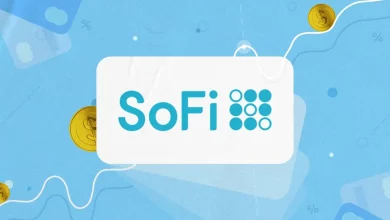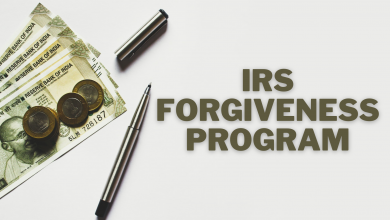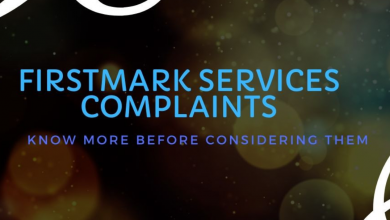What is Student Loan Garnishment and How to Stop It on
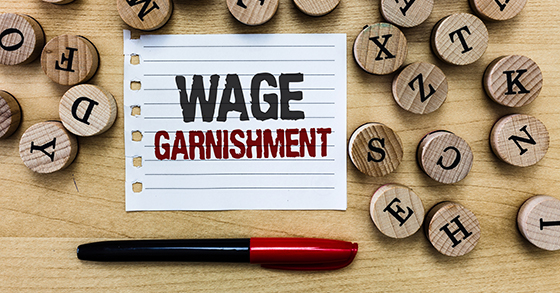
The student loan garnishment process begins with a notice from the Department of Education or a guaranty agency. The information will state the amount of money required to be repaid and the date by which the repayment is due. If the debt is not repaid, the Department of Education or the guaranty agency may take action to collect the debt.
The Department of Education or guaranty agency may take one or more of the following actions to collect the student loan debt:
- withhold money from the borrower’s paycheck
- intercept the borrower’s tax refund
- place a lien on the borrower’s property
- garnish the borrower’s wages
The Department of Education or guaranty agency may also refer the debt to a collection agency. The collection agency may take additional actions to collect the student loan debt, such as placing a call to the borrower’s employer or contacting the borrower’s friends and family members.
If the student loan garnishment process begins, the borrower needs to resolve the debt. First, the borrower should contact the Department of Education or guaranty agency to discuss available repayment options. The borrower may also want to consult with a student loan lawyer to understand the opportunities and receive representation in negotiations with the Department of Education or the guaranty agency.
The student loan garnishment process can be complicated, and the student loan lawyers at Student Loan Help Center can help student loan borrowers understand their options.
How to stop student loan wage garnishment?
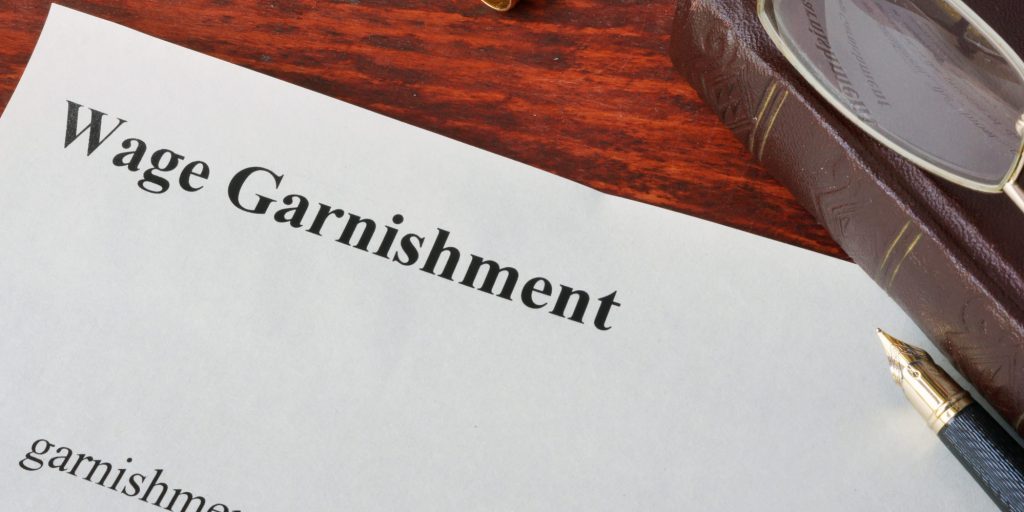
There are a few ways to stop student loan wage garnishment. One of the easiest ways is to contact your lender and ask them about repayment plans that you qualify for. Another way is to get a student loan lawyer who can analyze your financial situation and advise how to deal with your debt collectors. Finally, their bankruptcy exists as an option. If you are interested in filing for bankruptcy, it is important to file before the creditor comes after you.
Once the creditor has come after you with wage garnishment or any other action, they can prevent you from having your debt discharged through bankruptcy! This means that they might be able to chase you down for the rest of your life.
Student loan garnishment is a serious issue and, unfortunately, can become more than an inconvenience if not dealt with properly. Remember, you might be able to work out a repayment plan or file for bankruptcy! However, it would help if you always got advice from either your lender or lawyer before making any decisions.
Rehabilitate your loan
The Rehabilitation program enables you to bring your loan current and stop wage garnishment. You must make nine (9) on-time monthly payments within ten (10) months. The payments must be made in full and cannot be paid by deferment or forbearance. If you fail to make a payment, the rehabilitation process will be terminated, and it will be necessary to reapply. If you complete the Rehabilitation program, your loan balance will be reinstated to its original balance before the wage garnishment begins.
Your lender is required to agree to the Rehabilitation program before you can begin making payments. If your loan was in default at the time of garnishment, however, you may still be able to get relief from wage garnishment by making three (3) on-time monthly payments within a five (5) month period. These payments must be made in full and cannot be paid by deferment or forbearance.
Tips for avoiding student loan default
There are a few things that you can do to avoid student loan default and wage garnishment:
- Stay in touch with your lender. Make sure you know your loan balance and due dates.
- Enroll in an income-driven repayment plan if you can’t make full payments.
- Make payments on time, even if they are small.
- Contact your lender immediately if you are having trouble making payments.
- Consider consolidation or student loan refinancing.
If you are struggling with student loan debt, there are a few things that you can do to get back on track:
- Talk to your lender about repayment options that work for you.
- Enroll in an income-driven repayment plan.
- Make payments on time, even if they are small.
- Contact your lender immediately if you are having trouble making payments.
- Consider consolidation or student loan refinancing.
If you are experiencing financial hardship, it is important to reach out for help. Many resources are available to you, including student loan lawyers and debt counseling services. Don’t let your student loans spiral out of control – take action today!
Conclusion
Student loan wage garnishment can be a serious issue, but there are ways to stop it. By contacting your lender or lawyer, you can figure out the best way to deal with your debt. If you are experiencing financial hardship, don’t hesitate to reach out for help. There are many resources available to you. Don’t let your student loans get the best of you – take action today!



